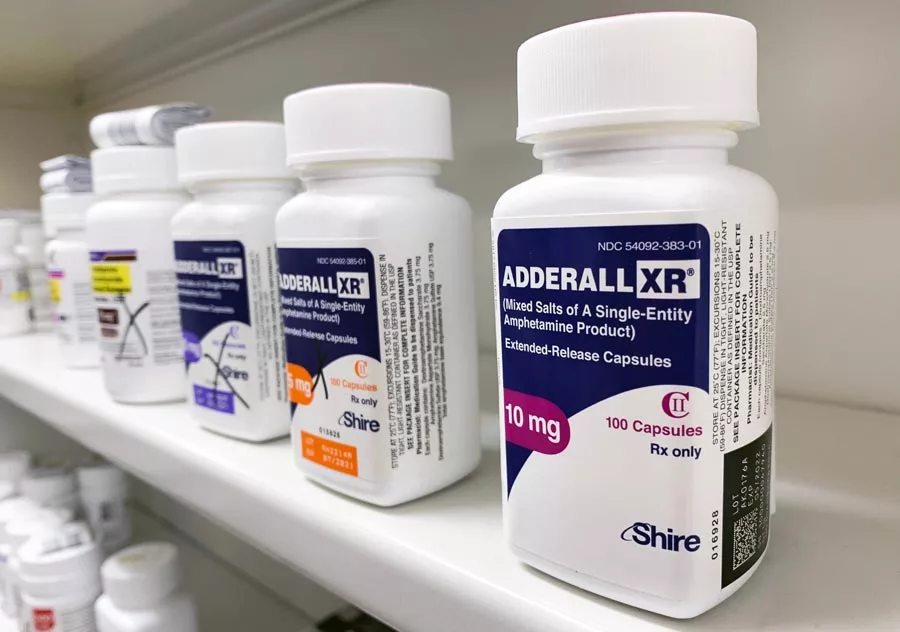If you’ve ever been medically treated for ADHD or any overall challenges with your ability to concentrate, retain information, or just general feelings of hyperactivity, the chances are high that you’ve taken a CNS stimulant drug. Names like Adderall, Vyvanse, and Dexedrine currently dominate this class of prescription medications, but not without their fair share of negative side effects.
The problem with CNS stimulants is that they’re legal – giving them a far greater amount of credibility than illegal stimulants of the same nature. However, the fact remains, many of the prescription offerings are nearly identical in chemical makeup in comparison to their illegal counterparts.
The Legality and Evidence for CNS Stimulants
Literally, the only difference lies in the fact that the former is researched by scientists and backed by a federal agency. Again, this is what makes this class of drugs so dangerous – which is an all-too-common theme when it comes to prescription medications with the potential for abuse.
Often, the users of these medications don’t exercise the appropriate level of caution regarding the potential for abuse. In fact, it’s not uncommon for many prescription recipients to develop a substance abuse issue and not even realize it as it’s happening.
This can happen in the case of any prescription drug, including benzos, opioids, and CNS stimulant drugs. In this article, we’ll discuss in detail the process of the latter and analyze these substances in detail.
What Are CNS Stimulant Drugs?
The CNS stimulant class of drugs are a variety of prescription medications that are used to battle the side effects of ADHD and narcolepsy. Therapeutic effects include increased attention and alertness and improvement of fatigue in narcoleptic patients.
Typically, these drugs are prescribed to improve focus, avoid the symptoms of narcolepsy, and assist in weight loss. Aside from the use for sleep disorders, they’re most commonly written for mental health disorders like ADHD.
By definition, CNS stimulants can include anything from caffeine to amphetamine. However, the term is more commonly used to describe the latter and other substances like it.
These prescription CNS medications increase the levels of chemicals in the brain like dopamine and norepinephrine.



